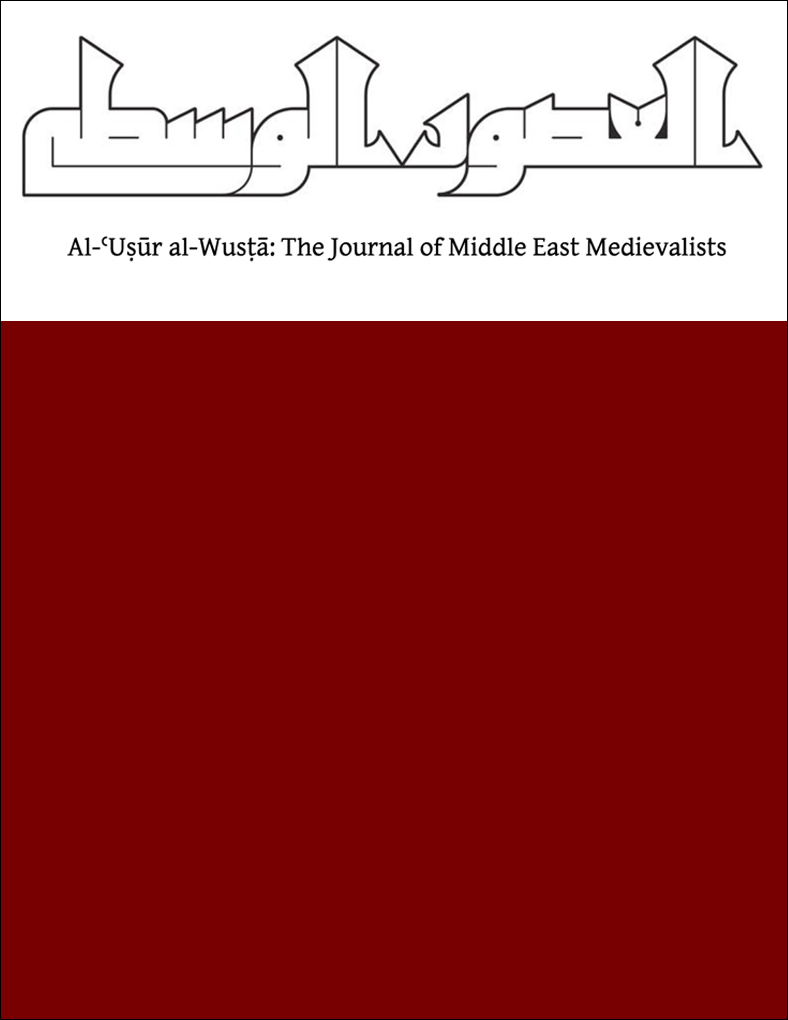Abstract
Textiles counted among the most precious and prized categories of material culture in the medieval world: made with care in specialized workshops, handed down over generations as part of family wealth, repurposed until threadbare for use as dress and furnishings, serving as diplomatic gifts and luxury trade goods, cloth played a major cultural role across premodern societies. Such importance stands in contrast to how fabrics are often viewed by students today, as cheaply-made, disposal material outsourced from distant factories for mass consumption. The disjuncture between premodern attitudes toward cloth and prevailing views today offers a compelling entry point for students to contemplate historical continuities and difference through the lens of a universally familiar medium of textiles.
This pedagogical file considers textiles’ mobilities across premodern Afro-Eurasia to explore medieval global networks through a focus on exchanges evidenced in material culture. The presented examples focus on textiles in European and North American museum collections, thus layering in also more recent mobilities of these objects as artworks with modern collecting histories.

This work is licensed under a Creative Commons Attribution-NonCommercial-NoDerivatives 4.0 International License.
Copyright (c) 2023 Elizabeth Dospel Williams

